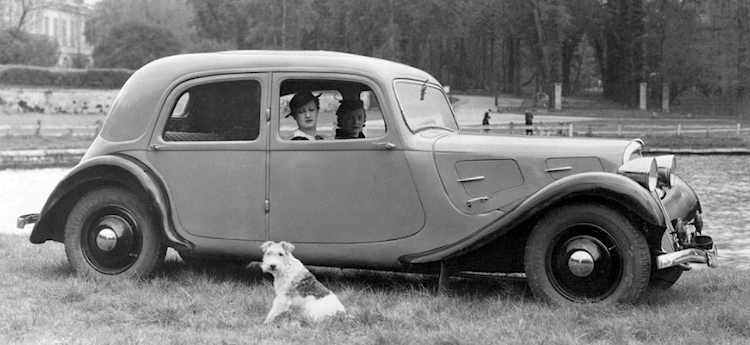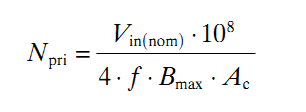1930s French Drooping Beltlines
One distinctive design quirk for many French cars from 1934 to the early 1950s was beltines (that run along the lower edges of side windows) that drooped or fell off downwards towards cars' aft ends.
Most French brands did not have this characteristic. But the country's "big three" car makers -- Citroën, Renault and Peugeot -- had models with just that touch. So many French cars' beltlines drooped.
Most of the images below are factory sourced or are of cars for sale.
1934 Citroën 7 A
A very early Citroën Traction Avant. This popular car and its larger 11 CV sibling were the first mass-produced French cars with the lazy beltline, as best I can tell.
1954 Citroën 11 B Familiale, auction photo
Six-window cars were longer and made the effect more noticeable. One thing I do not know is why it appeared in the first place.
1936 Peugeot 402 Longues
Once Citroën launched the style, it was adopted by its main competitors, as can be seen on this six-window Peugeot.
1937 Renault Viva Grand Sport
And on this Renault.
1937 Delage Berline
A few other brands fell in with the dropping beltline fashion, including some exclusive Delage models such as this one.
1939 Hotchkiss Modane Coupé, Bonhams photo
The French seem to prefer four-door cars. But this two-door Hotchkiss, low-production that it was, also followed the fashion in a stubby way.









Comments
Post a Comment